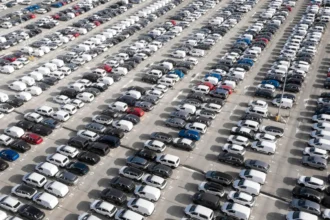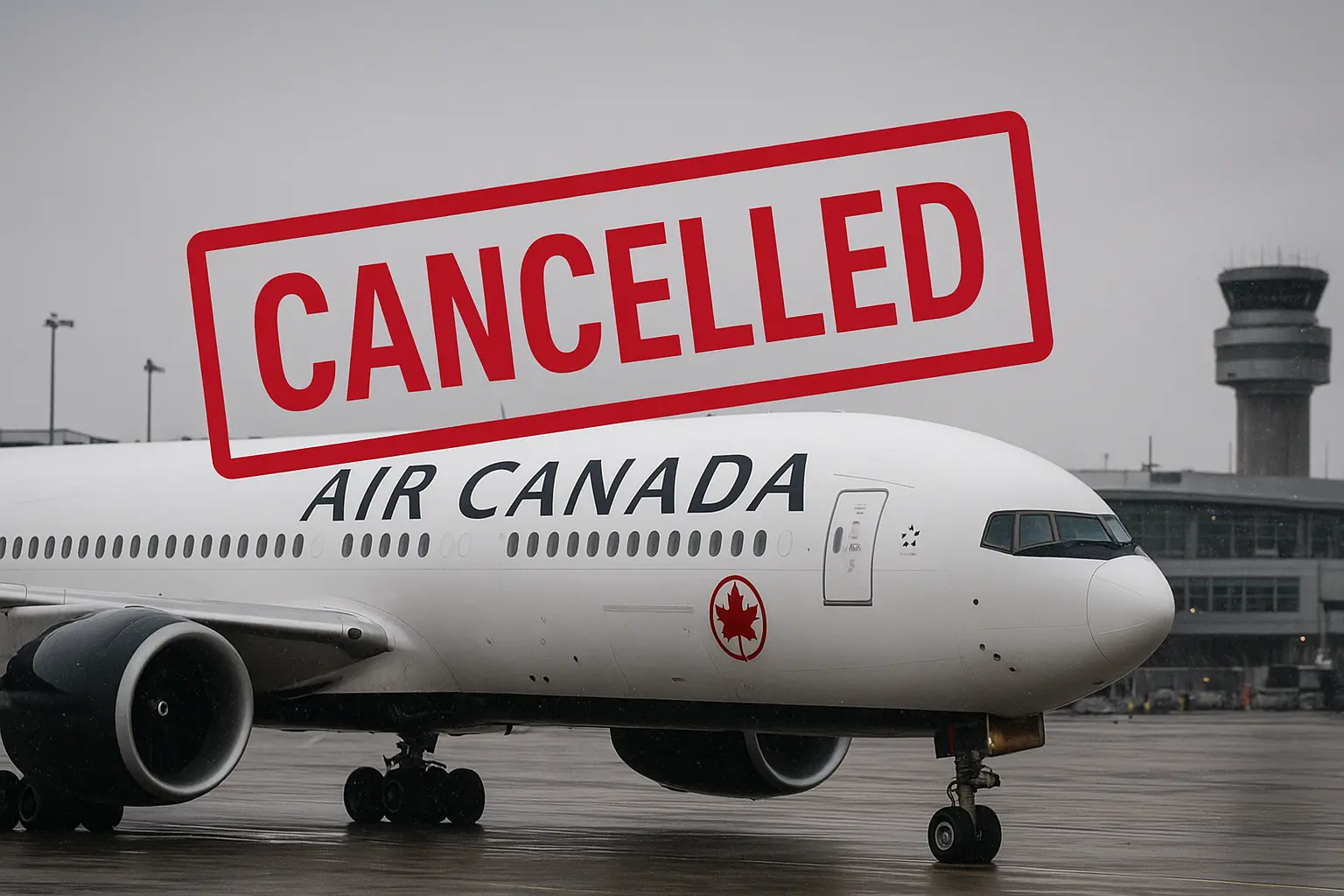September 26, 2025 | Dubai, UAE: Residents who have been planning for long weekends now have the right time to refer to the preliminary forecasts for the UAE Public Holidays 2026, which even includes extended breaks during the Eid festivities and year-end celebrations. These projections follow astronomical calculations and the federal holiday framework, through the official confirmation for which comes during the closing of the festival. Islamic holidays mainly depend on moon-sighting and are verified by the religious authorities before implementation across the public and private sectors.
Legal Framework Governing Holiday Schedule
Cabinet Resolution No. 27 of 2024 establishes the legal basis for UAE public holidays 2026 and outlines when authorities may adjust holiday timing to optimise breaks for residents. Under Article 2, the Cabinet reserves the authority to shift certain holidays to the beginning or end of the week, excluding Eid holidays, which remain fixed to lunar observations. Article 3 prevents holiday transfers when they coincide with existing holidays or fall on weekends. Article 4 grants local governments discretionary power to declare additional holidays for their entities during special occasions.

Cabinet Resolution No. 27 of 2024 establishes the legal basis for UAE public holidays 2026 and outlines when authorities may adjust holiday timing to optimise breaks for residents. It first repeals the 2019 resolution and aligns its provisions with Federal Decree-Laws governing labour relations and federal human resources.
Astronomical Projections for Religious Observances
Islamic holidays under the UAE public Holidays 2026 calendar follow the Hijri system and require moon sighting confirmations, making precise Gregorian dates tentative until official announcements. Current astronomical models project that Ramadan will begin on Wednesday, February 18, 2026, pending verification of crescent visibility. These predicted holidays provide a planning framework for residents to map the UAE’s long weekends while preserving religious accuracy through traditional lunar observation methods.
Current models project Ramadan beginning on Wednesday, February 18, 2026, subject to crescent visibility verification. These calculations offer a planning framework while preserving religious accuracy through traditional lunar observation methods.
Additional Religious and National Observances
Beyond the major Eid periods, UAE public holidays 2026 are expected to include the Islamic New Year on Tuesday, June 16, and the Prophet Muhammad’s Birthday (PBUH) on Tuesday, August 25. The calendar concludes with the UAE National Day scheduled for Tuesday and Wednesday, December 1-2, maintaining the traditional two-day commemoration. These dates reflect the standardised public holiday list applicable to both government and private sector employees.
Islamic holidays follow the Hijri calendar and require moon-sighting confirmations, making precise Gregorian dates tentative until official announcements. The UAE’s Moon-Sighting Committee, operating under the UAE Council for Fatwa in coordination with national astronomical institutions, convenes on the 29th day of the preceding month to visually confirm the new crescent.
Official Confirmation Process and Timing
Government protocols emphasise that Islamic holiday dates require moon sighting verification before final confirmation, maintaining traditional religious practices. The UAE Government Portal serves as the primary source for official holiday announcements, with updates issued closer to each observance period. Current projections should be treated as planning aids rather than definitive schedules until federal authorities provide final confirmation.

Final announcements are published on the UAE Government Portal and in the Official Gazette, typically within 24 hours of the sighting decision. This tight timeframe allows employers and residents to finalise leave plans with minimal delay. Until these official channels confirm a date, all projections, no matter how scientifically derived, remain planning aids rather than definitive schedules.
Planning Recommendations for Residents
Early planners may pencil in the projected Ramadan and Eid periods, particularly the late-May sequence that could extend into a six-day break with favourable weekend alignment. For definitive travel or leave arrangements linked to the UAE public holidays 2026, residents should monitor official government communications for verified dates. The combination of religious observances and strategic holiday positioning offers multiple opportunities for extended breaks throughout the year.

For definitive travel or leave arrangements linked to UAE public holidays 2026, residents should monitor official government communications, including the UAE Government Portal and Official Gazette, for verified dates within 24 hours of moon-sighting announcements. In the meantime, browse local staycation deals, scout cultural festivals planned around National Day, or map out road-trip routes to the Hajar Mountains for an off-season adventure.
By blending religious observances with strategic holiday positioning, the 2026 calendar offers multiple windows for memorable experiences. Whether you’re planning a family reunion over Eid, a solo retreat during the Islamic New Year, or community volunteering on Prophet Muhammad’s Birthday, these observances provide not just days off but moments to connect, reflect, and celebrate alongside the wider Emirati community.
Read More: 100-Day Maternity Leave Drives UAE Private Sector Talent Revolution
















